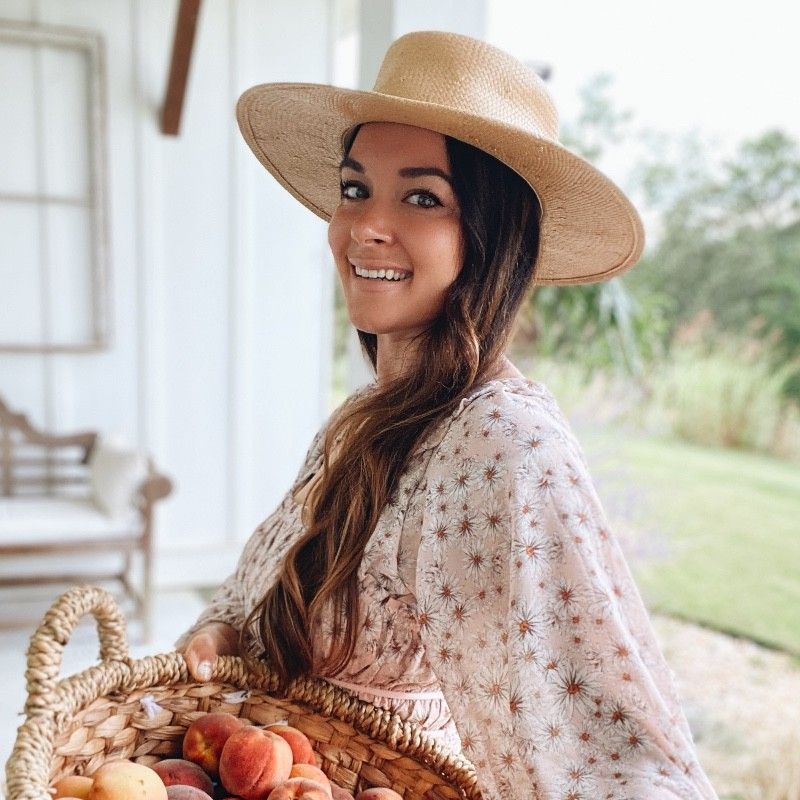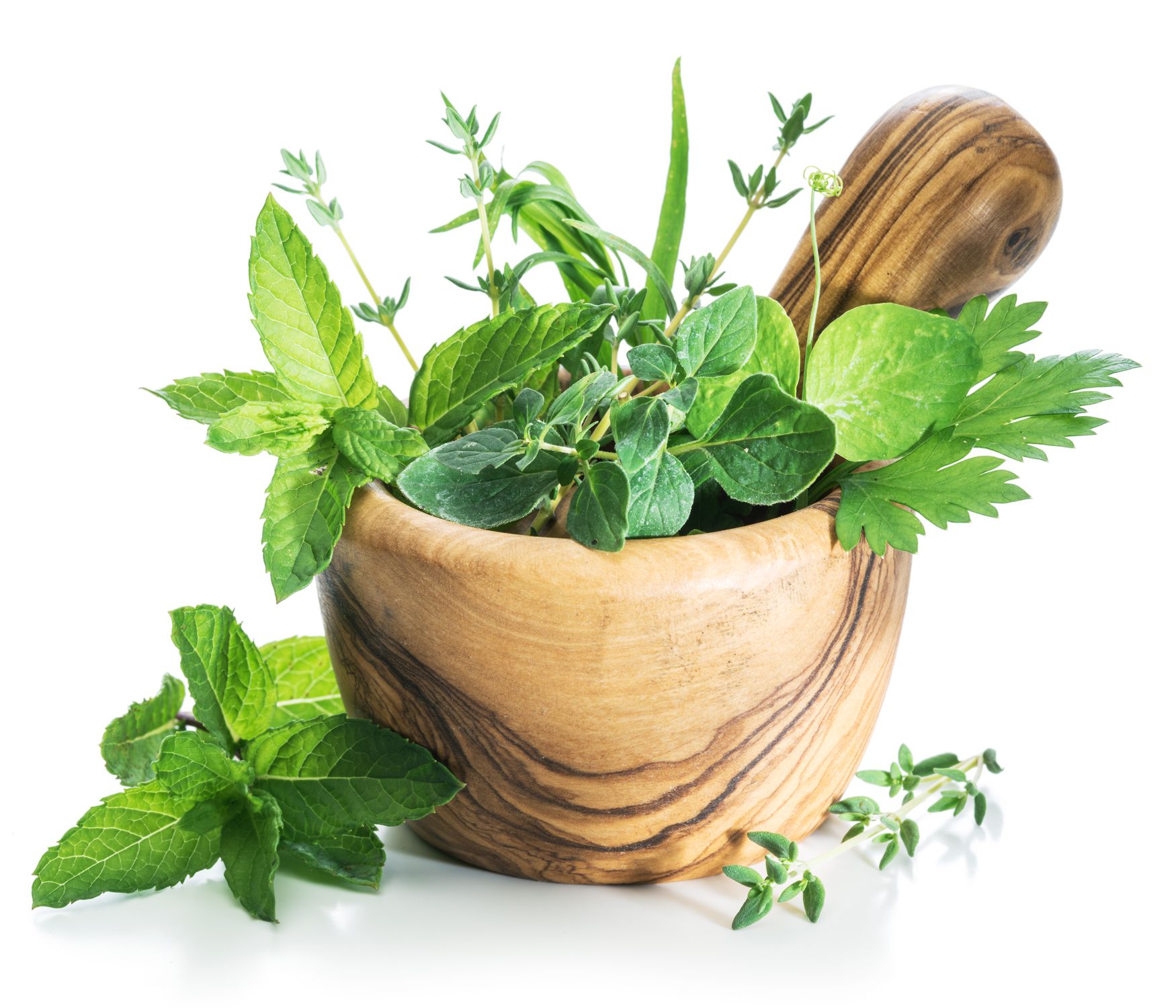The Art of Seed Preservation


Have you ever saved seeds? It’s not the first thing that comes to mind when preserving the harvest after a long summer. Canning, dehydrating and freezing are the heavy hitters of the preservation world with freeze drying getting a lot of attention lately.
But what if you gave seed saving the same amount of attention?
Saving seeds will open a whole other world of opportunities. It’s a rewarding practice that gardeners and farmers can take part in. It helps save heritage varieties and promotes biodiversity.
Here are some thoughts on how to save seeds, proper storage techniques and ways to ensure the longevity of your seeds.
Why save seeds in the first place?
When you save heritage or heirloom seeds, you are keeping a seed that maintains its genetic diversity. This ensures the plant will look the same as what you originally planted, plus it’s resilient to pests and disease.
Plants grown from seeds saved in your local environment will also be better adapted to your climate and soil conditions. It can also be more cost effective to save seeds. You won’t need to purchase new ones each growing season if you save them! The heirloom varieties are some of the most delicious you can grow. A favorite tomato among gardeners is an heirloom called Yellow Brandywine.
How do you select which plants to save seeds from?
The type of seed matters, and there is science behind it all. Only save seeds from plants, such as peas, beans, tomatoes and peppers, that can self-pollinate, which means they have all the parts necessary in the flower itself to reproduce. These are the easiest to save because it is less likely they will have crossed with other varieties in the garden.
The seeds of these plants will usually grow to resemble the original fruit the most and produce a reliable result. Select open-pollinated or heirloom varieties. These plants produce offspring that are true to type. Choose seeds from the healthiest and most vigorous plants. This practice ensures that future generations will be strong and productive. Focus on plants that show resistance to common pests and diseases, promoting the development of resilient plant populations.
How to save your seeds?
The method for collecting seeds depends on whether the seeds are dry or wet.
DRY SEEDS: Plants like beans, peas and lettuce produce seeds that dry naturally on the plant. Allow these seeds to mature fully and dry on the plant before harvesting. Collect seeds on a dry day to prevent mold growth and remove the pods from the plants. Spread them out indoors in a dry place out of sunlight. After a couple of weeks, shell the pods to remove the seeds.
WET SEEDS: Plants like tomatoes, cucumbers and melons produce seeds embedded in a wet, fleshy fruit. To do this, scoop out the seeds of fully ripe fruit and put them in a glass jar with a bit of water. Keep them in there, stirring a couple of times a day, for 3 to 4 days to allow the mixture to ferment. Viable seeds will sink to the bottom. Strain them out, rinse them and set them on a paper towel to dry. Then, transfer them to something they won’t stick to, such as a dinner plate. Place them in a warm, dark place for 2 to 3 weeks to dry out thoroughly.
Storing Seeds
Proper storage is crucial to maintaining seed viability. Follow these steps to store seeds effectively:
Store seeds in airtight containers to protect them from moisture and pests.
Glass jars, metal tins or plastic containers with tight-fitting lids work well.
Clearly label each container with the seed variety, date of harvest and any other relevant information to keep track of your seed collection.
Store seeds in a cool, dark and dry location.
Below are some additional tips to help you with your seed saving journey:
Keep detailed records of the plant’s characteristics, history and any unique traits. This information helps preserve the integrity and identity of the heritage variety. Exchange seeds with other gardeners, seed libraries or seed banks to preserve and promote biodiversity. Sharing seeds helps ensure the survival of heritage varieties and spreads their unique traits to a wider audience. Only save seeds from varieties you love and will want to eat again and again.
If you select the right plants, follow proper seed-saving techniques and store the seeds correctly, you can contribute to the preservation of plant varieties and ensure a bountiful garden for years to come.
Tags:Garden & Landscape

Acreage Life is part of the Catalyst Communications Network publication family.














